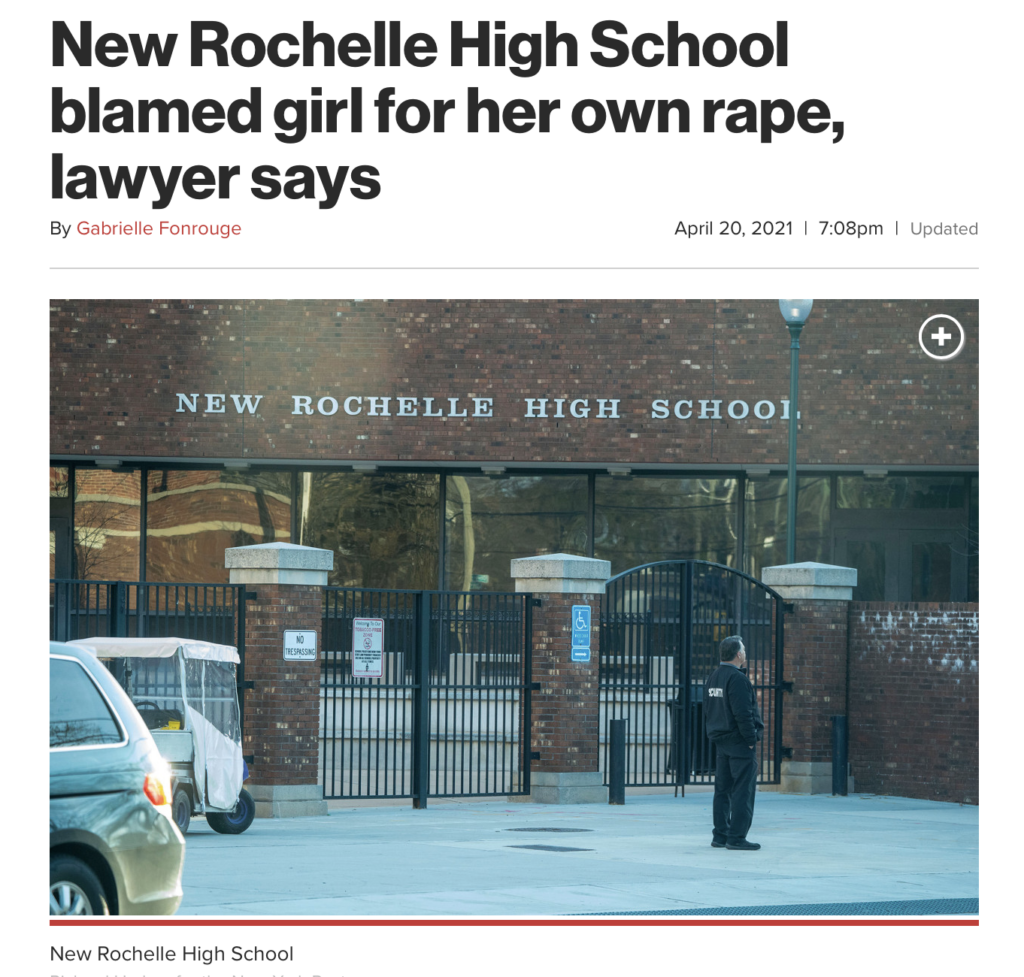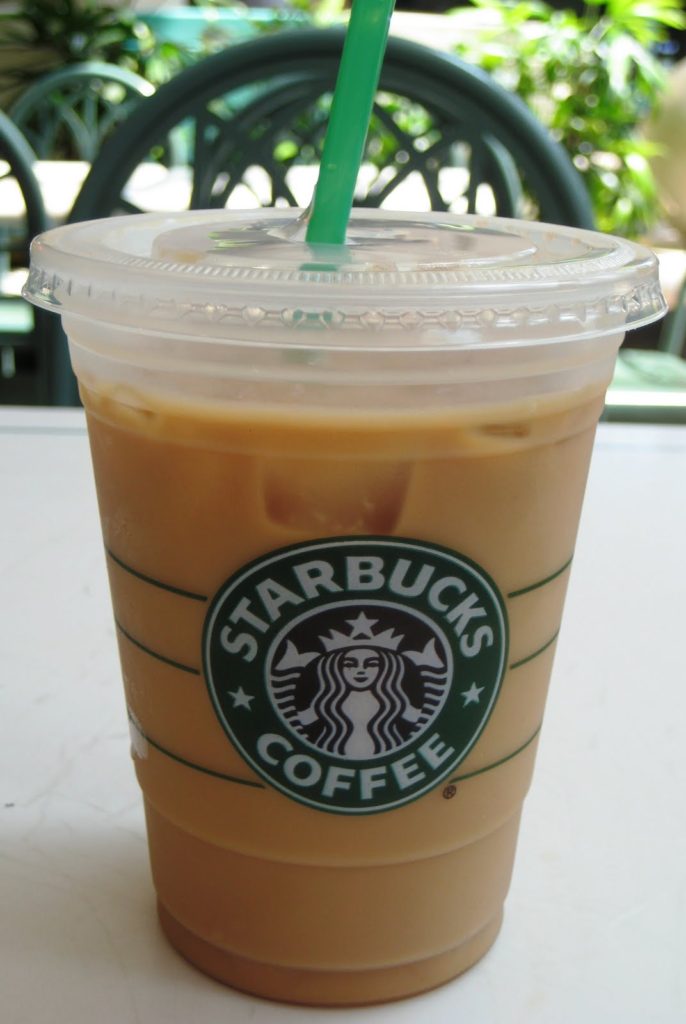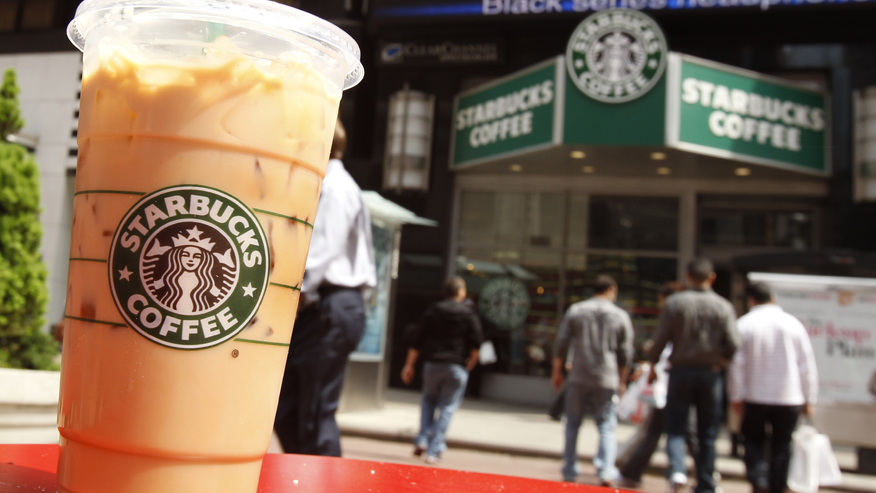
Ashli Babbitt was shot dead on January 6th while crashing through the Capitol in an attempt to stop electoral votes from being counted. Now her Estate wants to sue the Capitol Police and the (as yet unnamed) officer for wrongful death.
This is, perhaps, one of the dumber ideas I have heard. Sue the very people charged with defending the republic while you are part of a crowd trying to violently overthrow it? Seriously?
I get phone calls with some frequency about bad cases. I wrote several years ago that the most important word for a personal injury lawyer is “no.” That hasn’t changed.
And bringing a wrongful death suit for the passing of a child — regardless of the context — is fraught with more than the usual emotion. The worst are those that come in the context of suicide, and the question presented is why a doctor did not render the proper treatment in the days/weeks/months before.
And the one thing that must be absolutely, 100% crystal clear is this: The client will never be happy. Never. Ever. It is impossible if a child was lost.
And now we add in a case that can’t possibly be won before a court or jury. Will the lawyers be doing it solely for the publicity? I’ve probably known hundreds of personal injury lawyers here in New York. I can’t think of one that would bring such a suit.
Worse yet for the family is that the Babbit Estate may face a counterclaim for intentional infliction of emotional distress if the officer who shot her has suffered as a result. Few would be surprised if he had post-traumatic stress syndrome.
Such cases are very difficult to win because of the exceptionally high bar that needs to be cleared to get there. But the (New York) rule is that it must be:
“One who by extreme and outrageous conduct intentionally or recklessly causes severe emotional distress to another is subject to liability for such emotional distress” (Restatement [Second] of Torts § 46 [1] [1965]).”
In fact, as of 1993, the standard was so high that the Court of Appeals wrote (Howell v. NY Post) “of the intentional infliction of emotional distress claims considered by this Court, every one has failed because the alleged conduct was not sufficiently outrageous.”
The Court of Appeals in NY wrote that “Liability has been found only where the conduct has been so outrageous in character, and so extreme in degree, as to go beyond all possible bounds of decency, and to be regarded as atrocious, and utterly intolerable in a civilized community.”
Assuming the same standard applies wherever suit ends up being brought, would a violent insurrection satisfy that?
The Capitol Police will never settle. If the suit survives a motion to dismiss or motion for summary judgment because of disputed facts, they will lose at trial.
This can only end badly for the family of Ashli Babbitt. There is no other possible ending.
And the Estate (to the extent it has any assets) could be on the hook for damages to the officer who shot her. Just because a family wants to sue does not mean a lawyer should enable such destructive conduct.





